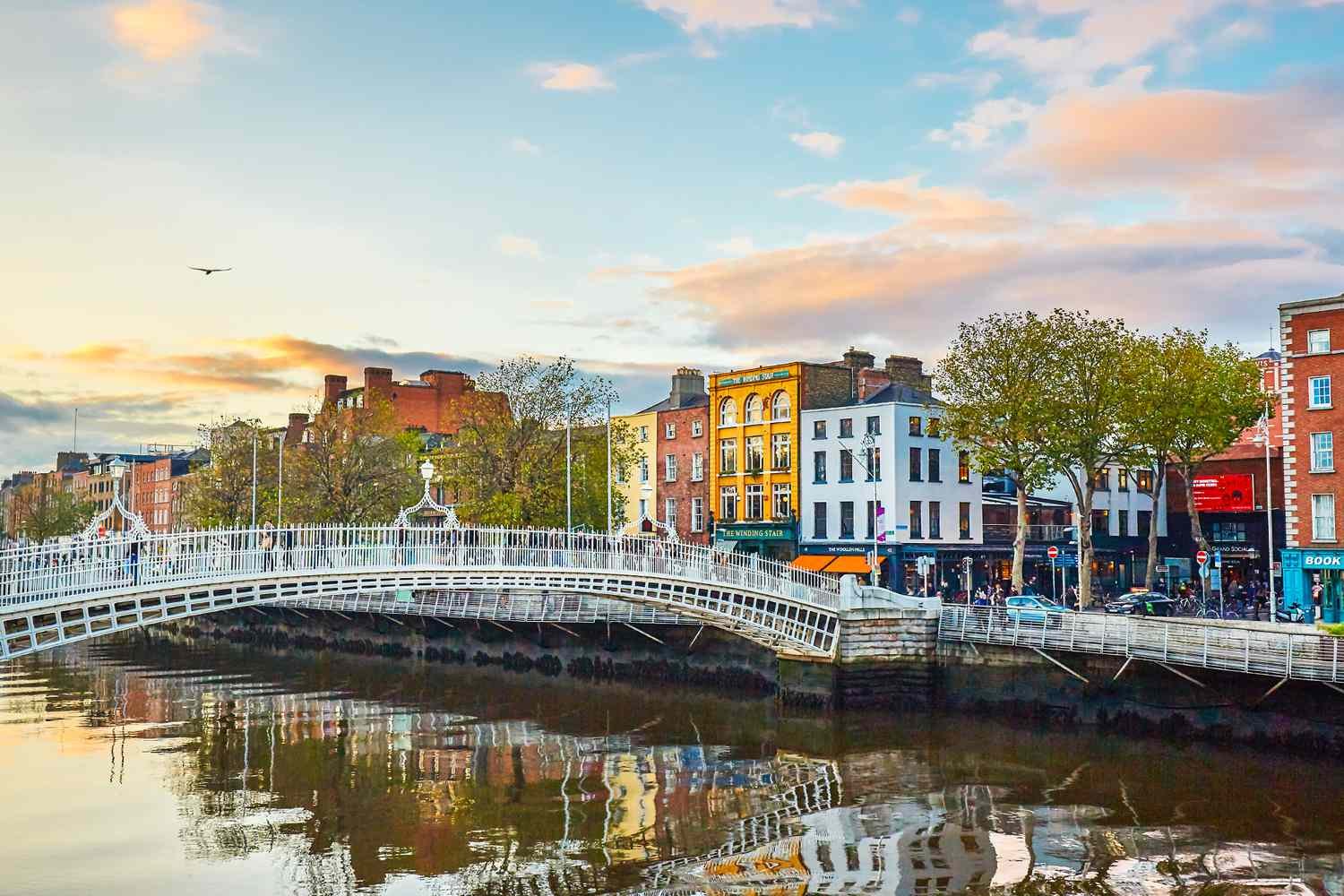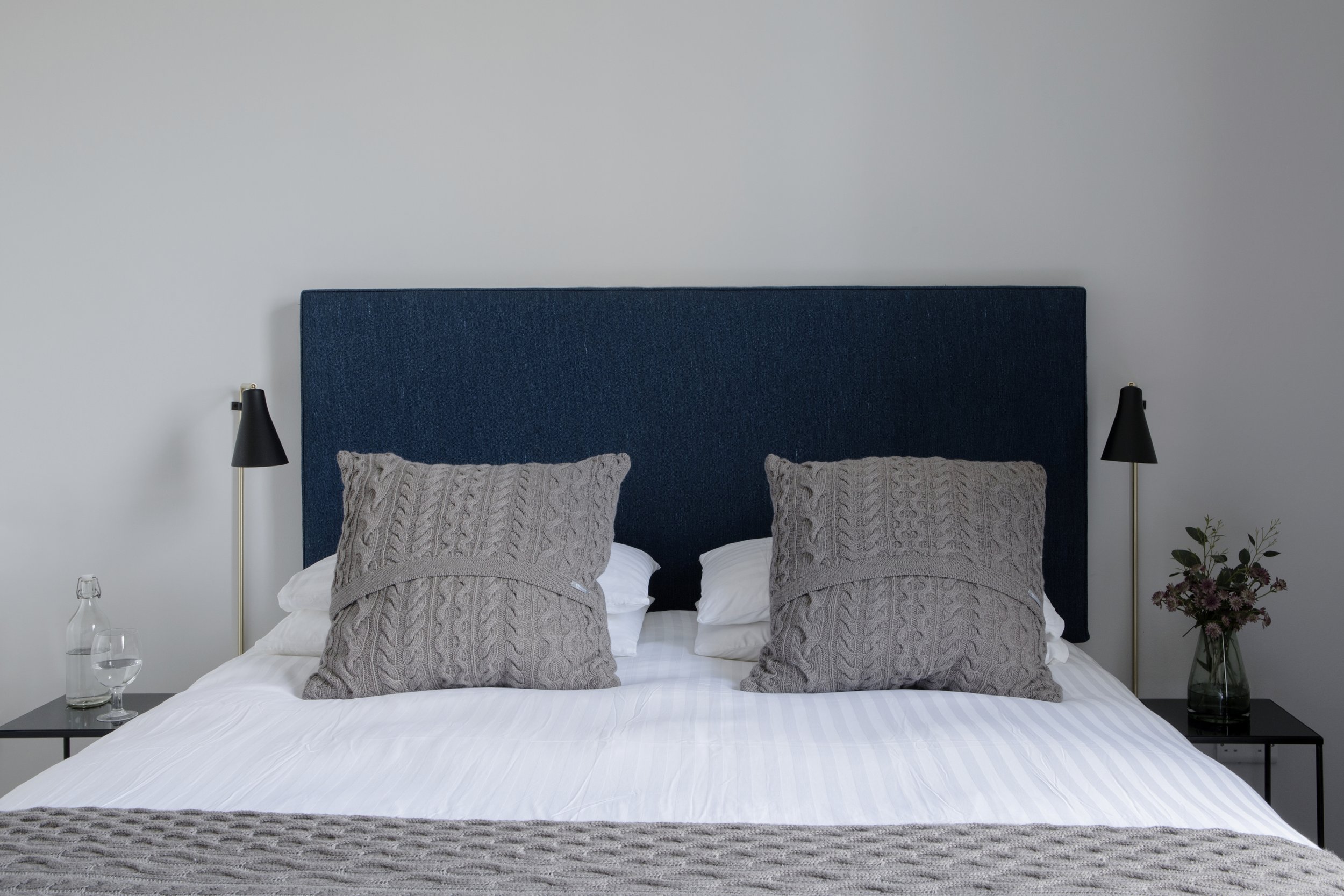
The history of Pembroke
Pembroke Hall is a delightful terraced Georgian Townhouse dating from the late 1700’s/early 1800’s and is situated on Pembroke Road in the heart of one of Dublin’s most affluent suburbs, Ballsbridge.
-
18th century maps show that the area of Dublin that is now Ballsbridge was originally mud-flats and marsh, with many roads converging on a small village located around the bridge and known already as Ballsbridge. Situated on the Dodder, this village had a ready source of power for small industries, including by the 1720's a linen and cotton printers, and by the 1750's a paper-mill and a gunpowder factory.
By the early 1800’s Ballsbridge was a small settlement on a major road linking Dublin city with the port at Dalkey where most of the shipping freight was landed due to the shallow waters of the Liffey estuary.
The land around Ballsbridge was rural, and mostly belonged to the Earl of Pembroke. After the Royal Dublin Society (RDS) moved into its present site near Ballsbridge in 1879, the Earl of Pembroke began to develop these lands into suburban residential housing.
-
he RDS held their first show on their new premises in the early 1880’s. In 1903 the lands formerly known as the ‘Forty Acres’ were given to the city by the Earl of Pembroke to establish Herbert Park (The Earl of Pembroke's surname was Herbert). In 1907 the Dublin International Exhibition was held in Herbert Park.
In 1916, Mount Street Bridge, which spans the Grand Canal at the foot of Northumberland Road was the site of an important battle during the Easter Rising. ‘The O’Rahilly’, one of the leaders of the Rising, lived at 40 Herbert Park. Another resistance leader, Eoin O’Neill, who refused to participate in the Rising, lived down the road at 19 Herbert Park. During the Irish war of independence, Michael Collins, Commander-in-Chief of the Irish National Army and later a government minister, had a study in the house of Miss Hoey at 5 Mespil Road, from where he carried out intelligence work.
The date of the 16th June 1904, now commemorated as Bloomsday, was chosen by the writer James Joyce for the setting of his novel Ulysses because it was the date on which he lost his virginity to his girlfriend Nora Barnacle. Joyce was renting a room at the time in a house at 60 Shelbourne Road, Ballsbridge.
In the 1940's and 50's the writer Brendan Behan lived in Ballsbridge, as did the poet Patrick Kavanagh (notably on Pembroke Road). Their busts are on display at the two big pubs along Pembroke Road, Searson's and The Wellington. Kavanagh wrote his famous song ‘On Raglan Road’ (just round the corner from Pembroke Hall) about a girl he met on that street in 1944.
-
The bridge itself forms the heart of the Ballsbridge suburb which extends northwards towards the Grand Canal along Northumberland Road up to Haddington Road and Shelbourne Road, southwards along the Merrion Road towards Merrion and along Anglesea Road towards Donnybrook, and westwards to encompass the area around Pembroke Road, Clyde Road, Elgin Road and Herbert Park.
Herbert Park, only a few minutes walk from Pembroke Hall, is a public park extending to thirty two acres in size and is divided by a road, also called Herbert Park, and forms part of Ballsbridge's nebulous border with Donnybrook.
The Royal Dublin Society (RDS) has its grounds in Ballsbridge. This is the internationally famous location for the annual Dublin International Horse Show in August and a venue for concerts and is now home to Leinster Rugby. Just minutes from Pembroke Hall on foot, you will find the Lansdowne Road headquarters of the Irish Rugby Football Union (IRFU) beside the Aviva Stadium, home to Irish rugby, a concert venue and conference centre. The corporate headquarters of Allied Irish Bank (AIB) are also located in Ballsbridge.
Ailesbury Road, along with adjacent Shrewsbury Road comprise the blue (most expensive) properties in the Dublin edition of the board game Monoply. Shrewsbury Road was the sixth most expensive street in the world in 2007.
The U.S. embassy, an iconic cylindrical building, is a major landmark in present-day Ballsbridge. It was designed in 1955 by John M. Johansen, Professor of Architecture at Yale University. The project was 9 years in incubation and the building was inaugurated in 1964, shortly after the assassination of John F. Kennedy.
What’s nearby?
Dublin's famous Grafton Street, St Stephens Green, the Financial Services Centre and the central business districts are all within easy reach of Pembroke Hall. A host of leisure and pleasure amenities are also within a short walk and include the Aviva Stadium, the Royal Dublin Society, the Bord Gais Theatre, the 3 Arena concert venue, the National Concert Hall and the National Conference Centre on the river Liffey. Ballsbridge itself, together with easy proximity to the City Centre, provides an array of superb restaurants, bars and cafes for guests to dine in or to just enjoy people watching in one of Europe's oldest and fascinating cities.
For guests who want to go further afield, public transport is on Pembroke Hall's doorstep with buses in abundance and the "DART", which is part of Dublin's light rail & tram system and is just a few minutes walk to the Lansdowne Road station. The "DART" will whisk you to Howth on the north of the city, a beautiful hilly gourmet suburb overlooking Dublin bay and equally to the south to Greystones/Bray in Co. Wicklow. This is a beautiful coastal journey with plenty of walks, shops, cafes, restaurants and beaches along the way.




